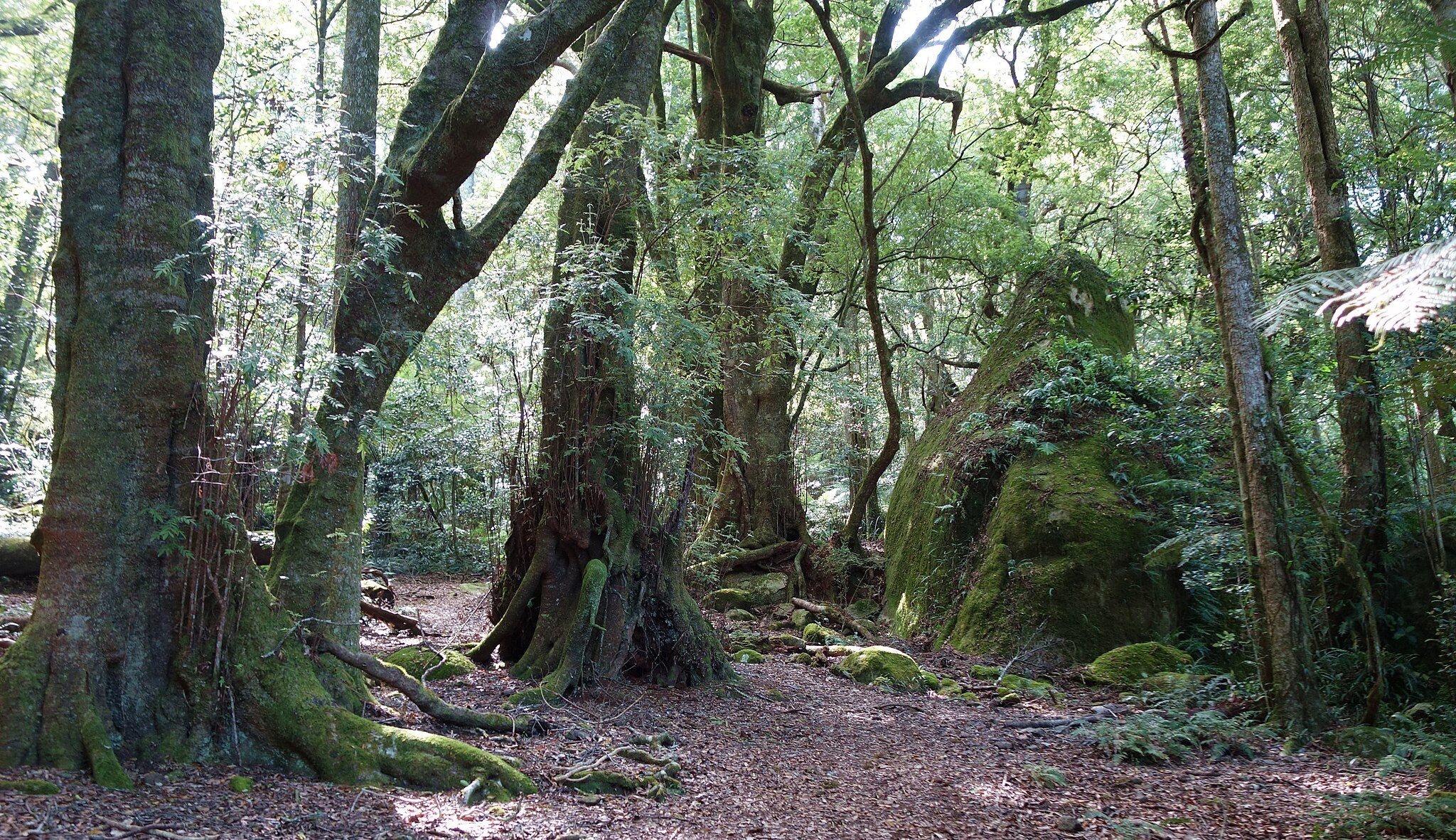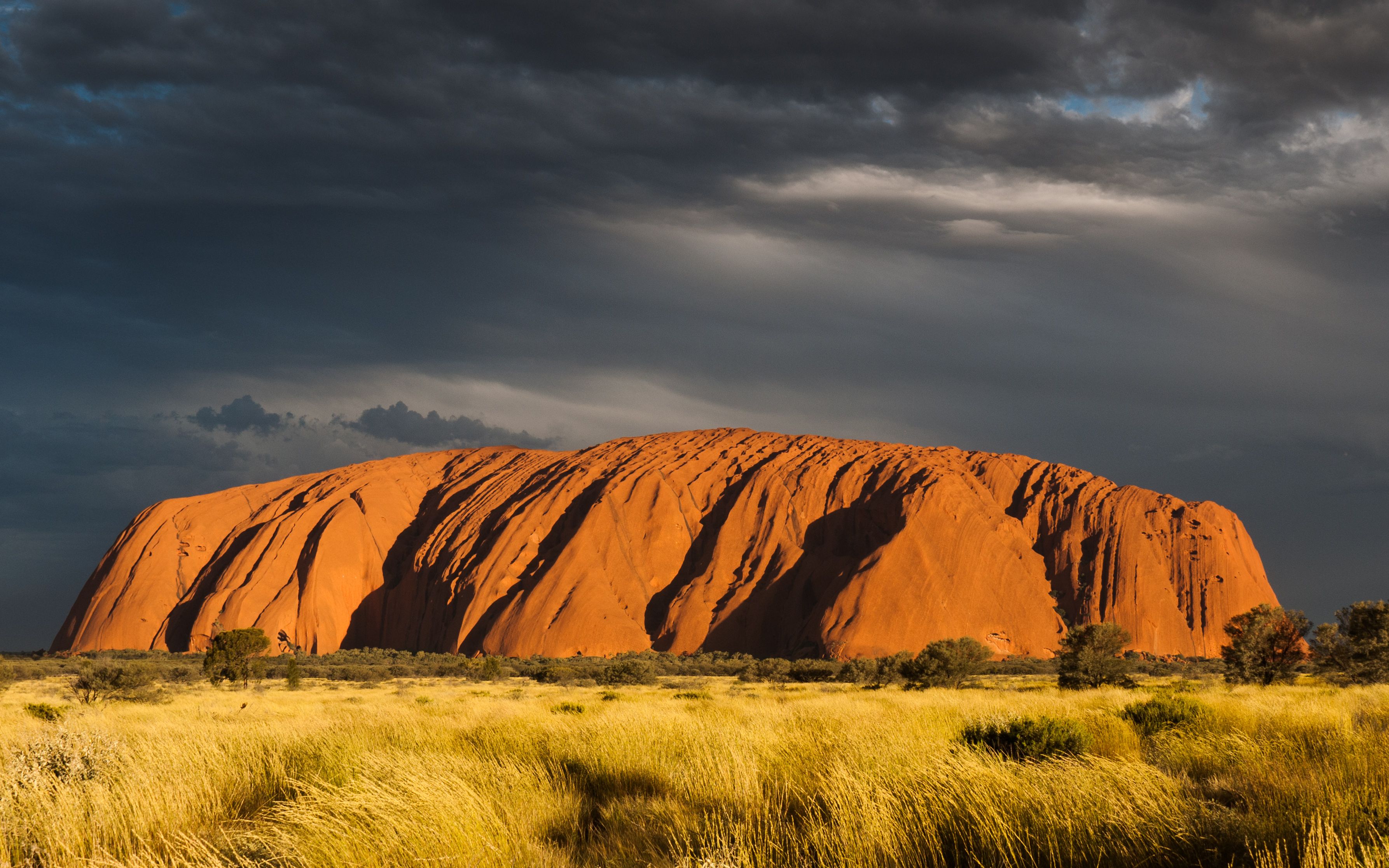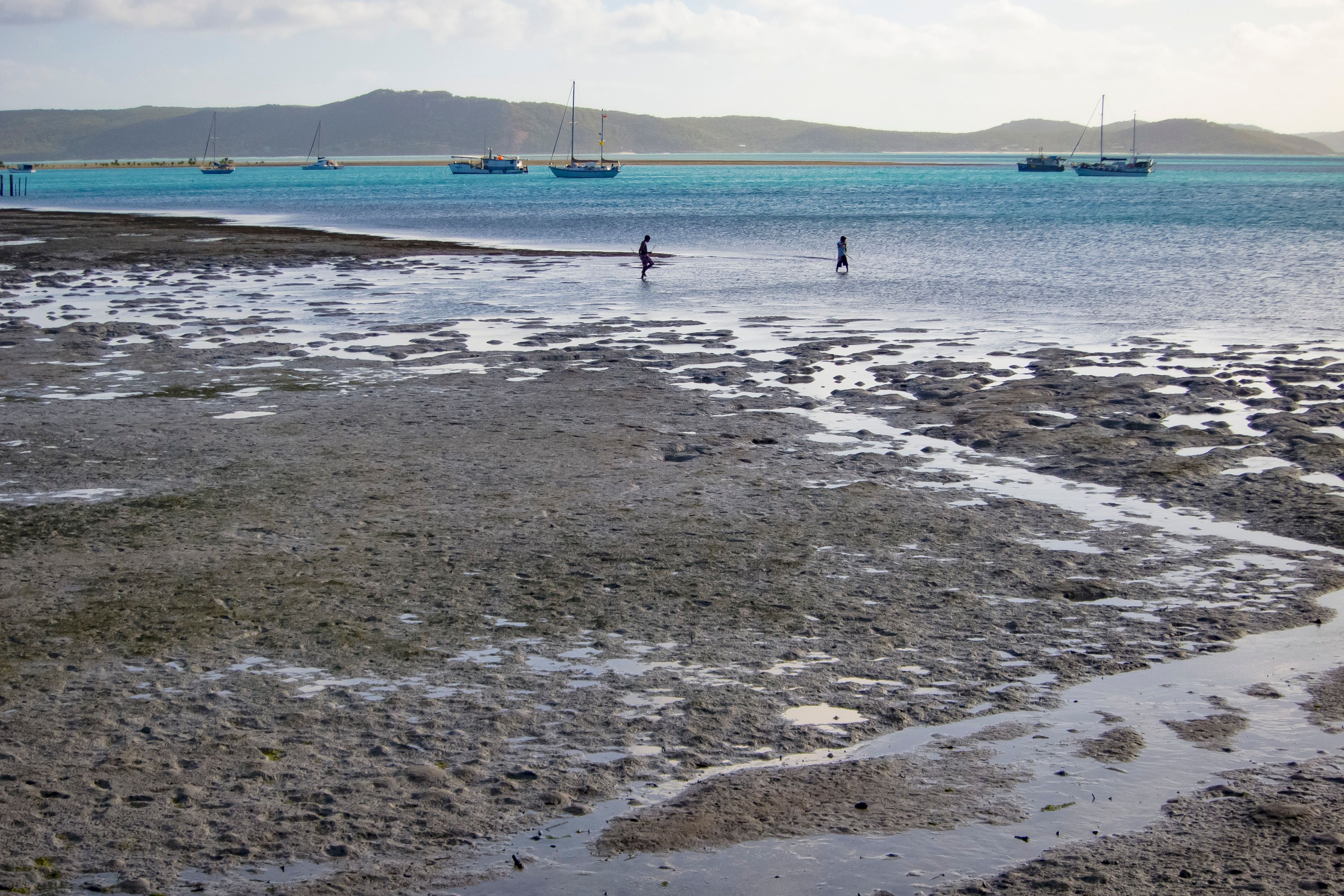Home/Curriculum resources/Learning about Country/Place/Case Study 2: Gulaga Mountain (Mount Dromadery)
Learning Areas:
English, Humanities and Social Sciences, The Arts
Year levels:
Level 3, Level 4

Case Study 2: Gulaga Mountain (Mount Dromadery)
This case study is a part of the Learning about Country/Place resource.
Mount Gulaga temperate rainforest. Photographer: Strata8. Source: Wikimedia Commons. Used under licence: CC BY-SA 3.0

Case Study 2: Gulaga Mountain (Mount Dromadery)
Gulaga Mountain, known as the "mother mountain" to the Yuin People 0 , is a deeply significant site, embodying cultural and spiritual connections to Country. The mountain is said to have birthed the Yuin People, shaping their identity and traditions 0 . It takes the form of a reclining woman, with the eastern side serving as a place for men's ceremonies and the western side reserved for women’s ceremonial practices to maintain cultural protocols.
“Aboriginal people look at Gulaga and we see a woman who is reclining” 0 .
Patricia Ellis, Yuin Elder
Geologically, Gulaga is the remnant of a volcanic core that last erupted 60,000 years ago. In 1770, Captain Cook named it Mount Dromedary due to its resemblance to a camel’s hump as he sailed past 0 . In 2006, Gulaga Mountain was returned to the Yuin People, marking a significant moment in the recognition of Indigenous land rights 0 . It is often mentioned alongside Biamanga (Mumbulla Mountain), which is considered a "men’s mountain", forming a cultural and spiritual pair. A well-known Yuin saying reflects the mountain’s connection to the environment:
“when the old woman puts on her possum skin cloak – when clouds form on the mountain – that rain will soon set in" 0 .
The story of Gulaga
Artist and storyteller Cheryl Davison shares the story of Gulaga, passed down from her family and ancestors. Gulaga’s two sons, Barranguba (Montague Island) and Najanuga (Little Dromedary), each find their place in the landscape, reflecting the deep familial and spiritual bonds within the natural world 0 . These stories, central to Yuin identity, continue to be shared across generations, preserving the connection between people and Country. You can explore Cheryl Davison’s full story, in both written and verbal form, on the Living Knowledge website.

Related case studies within this resources:
Case Study 1: Martuwarra / Mardoowarra (Fitzroy River)
The Martuwarra / Mardoowarra (Fitzroy River) is an illustration of connection to Country for multiple Aboriginal groups.

Case Study 3: Uluru
Uluru is an illustration of connection to Country and the ways that maintaining and claiming this connection can be challenging.

Case Study 4: The Torres Strait Islander Seascape
Torres Strait Islander Peoples have a deep cultural and natural connection to the seascape that surrounds the hundreds of islands that make up the Torres Strait.